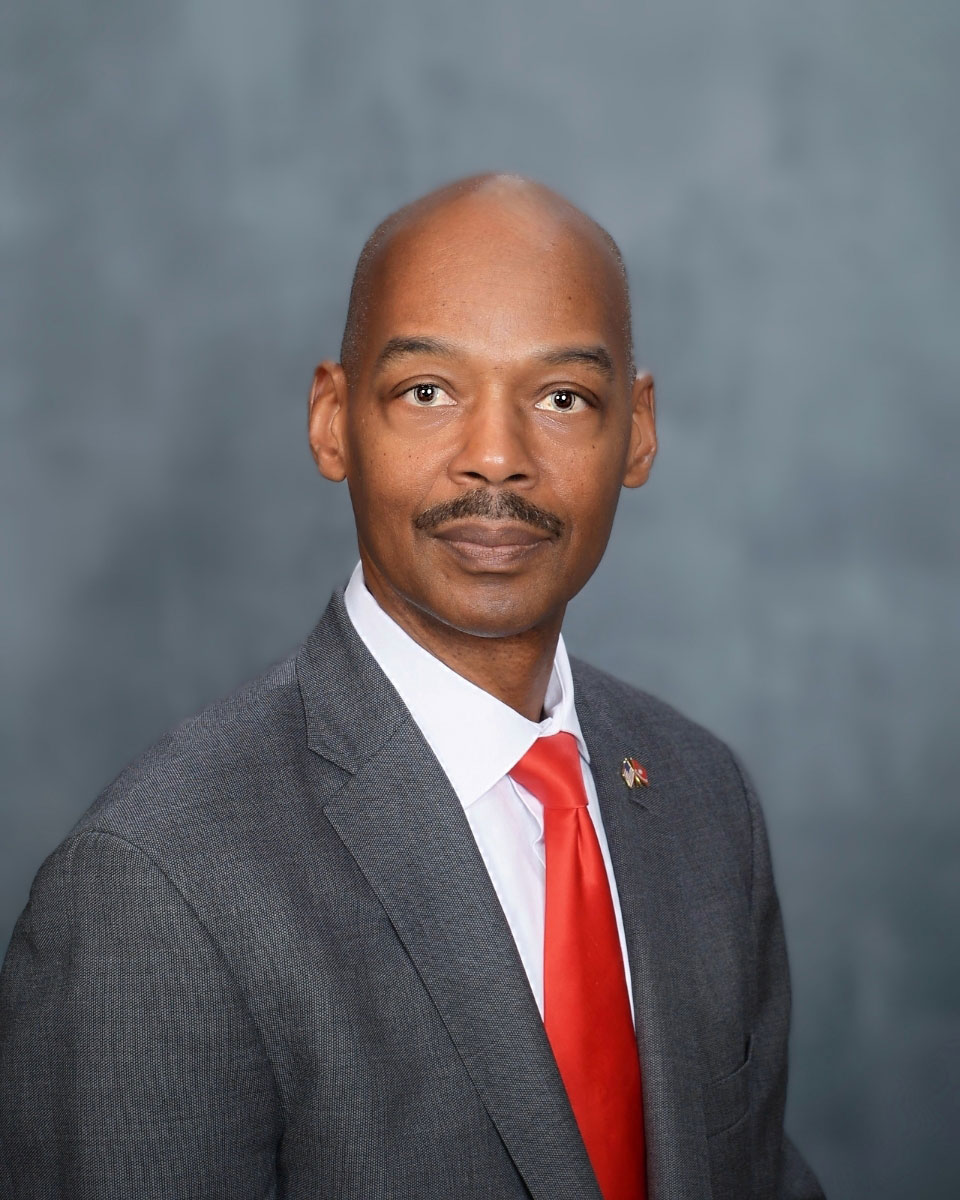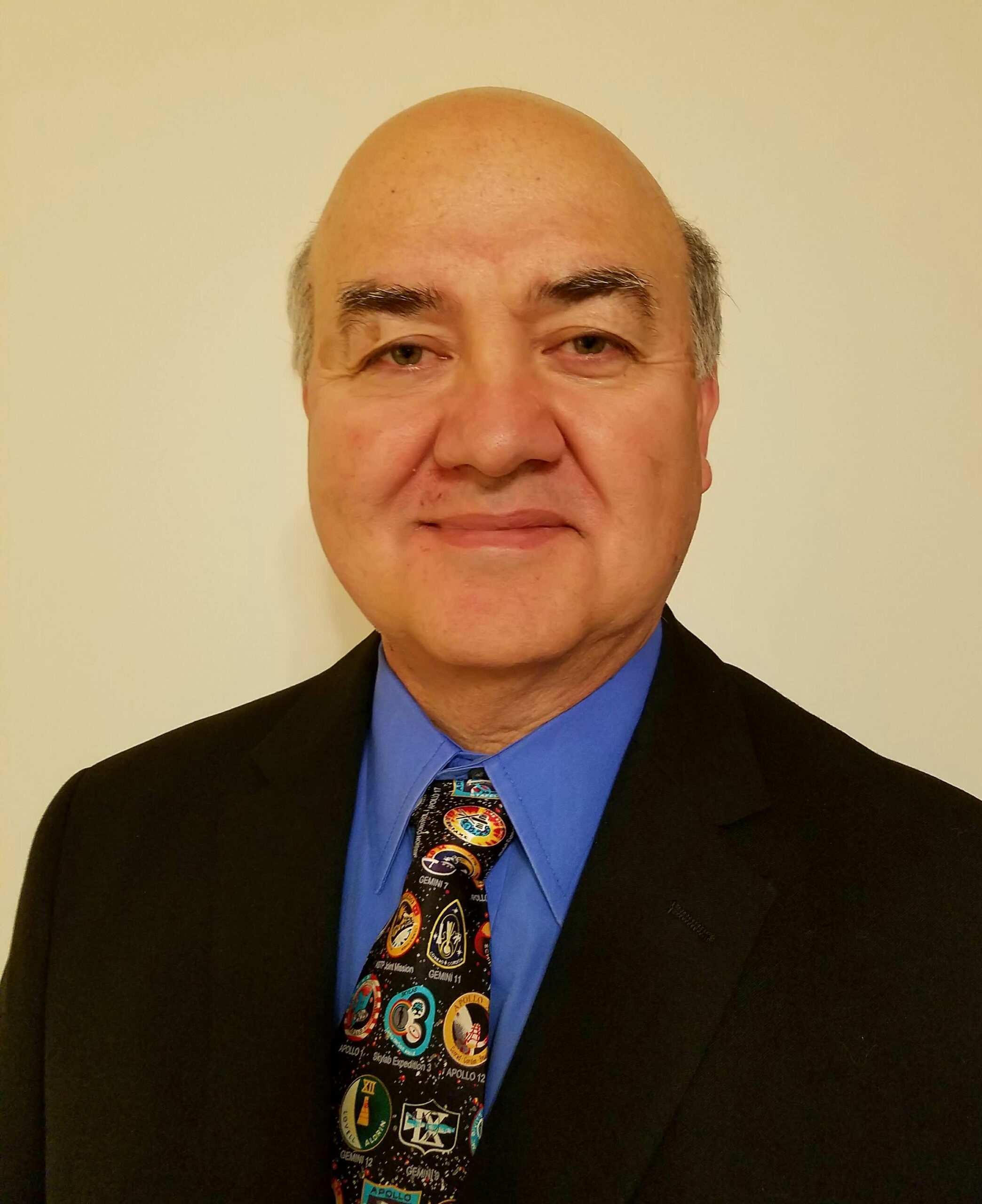
O'Neal Johnson Jr.
Board Member (Chairperson)

Lajuana Johnson
Board Member

Sebastian Morana
Board Member

Shloe Jeffery
Board Member (1st Vice Chair)







Angelica Johnson served in the Army Reserves and is now a veteran. She has her Bachelors of Science degree in Psychology, and her professional experience has been in mental and behavioral health. As a mental health advocate, she has a passion for serving those in need. “I feel a responsibility to do my part”.

O’Neal Johnson Jr. is a retired United States Marine Corps, Sergeant Major of 30 years, five months, and four days. His experience includes deployments to the Persian Gulf early 80’s, South West Asia after the invasion of Iraq into Kuwait (Desert Storm/Desert Shield), Global War on Terrorism, activated after September 11, and the Afghanistan tour after the first surge (Shindand Air Base SgtMajor 2010-2011).
He served as a Captain with the Montgomery County Fire and Rescue Service (MCFRS). He carried out numerous assignments at various fire stations, including Station commander at fire station 15, Emergency Communication Center, and Fire Explosive Investigation section, assigned as the recruiting manager for MCFRS. Mr. Johnson Jr. is retired and works in tandem with various organizations, pursuing his passion for philanthropy such as “Silentvets.org” I am driving an enhanced learning skillset.

Lajuana Johnson is an experienced executive manager with over 20 years’ experience in strategic planning, improving operational efficiencies, engineering management, program management and building elite teams to execute missions in the defense sector. She is experienced in managing teams in medium and large telecommunications and defense organizations. Lajuana holds a Bachelors Degree in Electrical Engineering from the Georgia Institute of Technology and is PMP certified.

Sebastian Morana is a highly skilled electrical engineer with over 40 years of experience in
satellite communications (SATCOM) and control systems. He has dedicated the majority of his
professional career to developing communication systems for industry and the Department of
Defense (DoD), enhancing the nation’s defense capabilities. Sebastian’s journey in engineering
began with a Bachelor of Science degree from the RCCInstitute of Technology at Yorkville University in Canada. Sebastian is deeply committed to community
service. He volunteers as an Advanced Emergency Medical Technician (AEMT), providing
medical care in emergencies via the EMS system in Loudoun County.

Shloe Jeffery brings over 30 years of progressive and transformative HR leadership to our board. She recently retired from Bayer after successfully leading the U.S. Policy, Employee & Labor Relations team and the Strategic HR Pandemic Response for 20,000 employees.

Chris has extensive experience in leadership, engineering, program management, business area leadership, and business development with leading Department of Defense contractors—including Lockheed, Northrop Grumman, and Hughes. A U.S. Army Veteran, he served in both CONUS and OCONUS postings. He holds a Bachelor of Science in Computer Science from Eastern Kentucky University and an MBA from Boston University. Chris also excels at opening doors, cultivating strategic connections, and fostering long-term relationships.
We firmly believe that the internet should be available and accessible to anyone, and are committed to providing a website that is accessible to the widest possible audience, regardless of circumstance and ability.
To fulfill this, we aim to adhere as strictly as possible to the World Wide Web Consortium’s (W3C) Web Content Accessibility Guidelines 2.1 (WCAG 2.1) at the AA level. These guidelines explain how to make web content accessible to people with a wide array of disabilities. Complying with those guidelines helps us ensure that the website is accessible to all people: blind people, people with motor impairments, visual impairment, cognitive disabilities, and more.
This website utilizes various technologies that are meant to make it as accessible as possible at all times. We utilize an accessibility interface that allows persons with specific disabilities to adjust the website’s UI (user interface) and design it to their personal needs.
Additionally, the website utilizes an AI-based application that runs in the background and optimizes its accessibility level constantly. This application remediates the website’s HTML, adapts Its functionality and behavior for screen-readers used by the blind users, and for keyboard functions used by individuals with motor impairments.
If you’ve found a malfunction or have ideas for improvement, we’ll be happy to hear from you. You can reach out to the website’s operators by using the following email
Our website implements the ARIA attributes (Accessible Rich Internet Applications) technique, alongside various different behavioral changes, to ensure blind users visiting with screen-readers are able to read, comprehend, and enjoy the website’s functions. As soon as a user with a screen-reader enters your site, they immediately receive a prompt to enter the Screen-Reader Profile so they can browse and operate your site effectively. Here’s how our website covers some of the most important screen-reader requirements, alongside console screenshots of code examples:
Screen-reader optimization: we run a background process that learns the website’s components from top to bottom, to ensure ongoing compliance even when updating the website. In this process, we provide screen-readers with meaningful data using the ARIA set of attributes. For example, we provide accurate form labels; descriptions for actionable icons (social media icons, search icons, cart icons, etc.); validation guidance for form inputs; element roles such as buttons, menus, modal dialogues (popups), and others. Additionally, the background process scans all of the website’s images and provides an accurate and meaningful image-object-recognition-based description as an ALT (alternate text) tag for images that are not described. It will also extract texts that are embedded within the image, using an OCR (optical character recognition) technology. To turn on screen-reader adjustments at any time, users need only to press the Alt+1 keyboard combination. Screen-reader users also get automatic announcements to turn the Screen-reader mode on as soon as they enter the website.
These adjustments are compatible with all popular screen readers, including JAWS and NVDA.
Keyboard navigation optimization: The background process also adjusts the website’s HTML, and adds various behaviors using JavaScript code to make the website operable by the keyboard. This includes the ability to navigate the website using the Tab and Shift+Tab keys, operate dropdowns with the arrow keys, close them with Esc, trigger buttons and links using the Enter key, navigate between radio and checkbox elements using the arrow keys, and fill them in with the Spacebar or Enter key.Additionally, keyboard users will find quick-navigation and content-skip menus, available at any time by clicking Alt+1, or as the first elements of the site while navigating with the keyboard. The background process also handles triggered popups by moving the keyboard focus towards them as soon as they appear, and not allow the focus drift outside of it.
Users can also use shortcuts such as “M” (menus), “H” (headings), “F” (forms), “B” (buttons), and “G” (graphics) to jump to specific elements.
We aim to support the widest array of browsers and assistive technologies as possible, so our users can choose the best fitting tools for them, with as few limitations as possible. Therefore, we have worked very hard to be able to support all major systems that comprise over 95% of the user market share including Google Chrome, Mozilla Firefox, Apple Safari, Opera and Microsoft Edge, JAWS and NVDA (screen readers), both for Windows and for MAC users.
Despite our very best efforts to allow anybody to adjust the website to their needs, there may still be pages or sections that are not fully accessible, are in the process of becoming accessible, or are lacking an adequate technological solution to make them accessible. Still, we are continually improving our accessibility, adding, updating and improving its options and features, and developing and adopting new technologies. All this is meant to reach the optimal level of accessibility, following technological advancements. For any assistance, please reach out to
